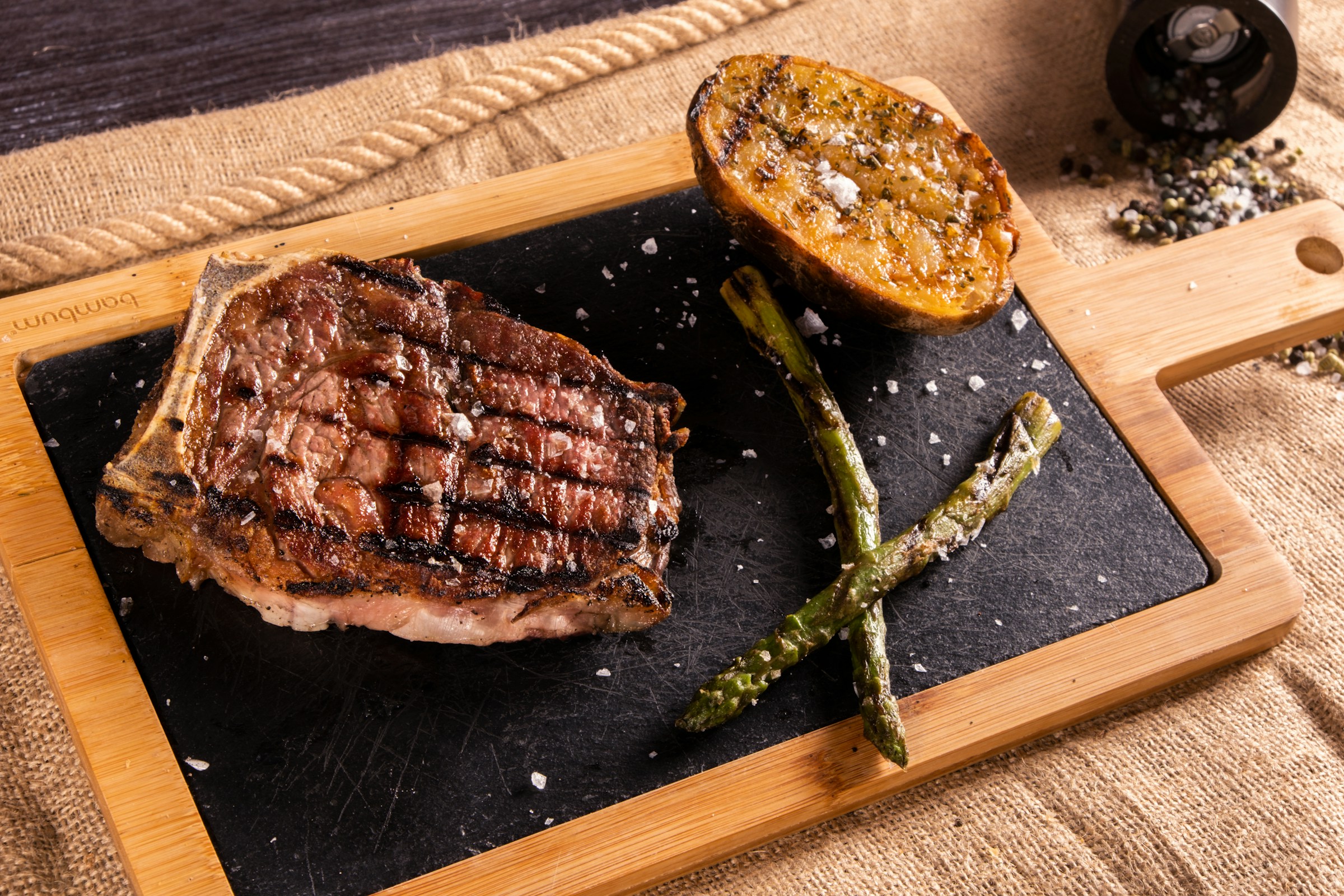To avoid dangerous climate change and limit global warming to below 2 degrees Celsius above the level of preindustrial times – a target endorsed by the international community – global emission of carbon dioxide (CO2) and other greenhouse gases need to be reduced by 80 to 90 percent by the second half of this century. But even eliminating all CO2 emissions from the energy and transportation sectors may not be enough to reach that target, because greenhouse gases from food and agriculture could become too large. We show this in our new study published in the journal Climatic Change.
By the second half of the century, there will be two to three billion more people on the planet. Diets high in meat, cheese and other food associated with high greenhouse gas emissions are expected to become more common along with increasing per-capita incomes. Even when factoring in expected increases in agricultural productivity, we estimate that global emissions of methane and nitrous oxide from agriculture therefore could increase from today’s 7 billion ton CO2 eq/year to about 13 billion ton CO2 eq/year by 2070. This alone would make meeting the climate target extremely difficult, since meeting the 2-degree target with a high probability may require total emissions for all sectors combined, including energy and transportation, to decrease to about 10 billion tons of CO2 eq/year by the second half of this century.
There are basically three alternatives to hold back this upward trend in agricultural emissions: i) increase agricultural productivity – especially that of livestock – further, ii) implement specific mitigation technology (e.g. manure storage techniques that reduce emissions), and iii) change diets towards less emission-intensive food. In most low- and mid-income regions of the world, there is great scope for increasing livestock productivity and thereby reducing the amount of greenhouse gases emitted per unit of meat and dairy produced. If policies that incentivize faster growth in livestock productivity were widely adopted, we estimate that global greenhouse gas emissions could be kept to 10 billion ton CO2 eq/year in 2070. This would bring agricultural emissions just within the realm of what might be needed for meeting the 2-degree target, but it would probably still not be sufficient since global energy and transportation sectors hardly can be expected to be completely CO2 free by 2070.
If faster growth in livestock productivity was combined with implementation of specific technologies and practices that reduce emissions, we estimate that global agricultural emissions could be kept to about 8 billion ton CO2 eq/year in 2070. However, most of the key mitigation technologies, such as fat additives that reduce methane emissions from ruminants, are still at experimental or pilot-scale level, and have not yet any proven long-term record of sustained emission reductions. Such technological options offer, therefore, hardly little more than an uncertain path toward the climate target.
A more risk-averse way of curbing emissions is to reduce beef, lamb and dairy consumption, and shift to other protein-rich food. Beef causes, in the EU, about 40 times higher greenhouse gas emissions per kg of protein compared to beans, and around 10 times higher compared to chicken meat. Dairy products cause about 10 times higher emission per kg of protein than beans, and 2 to 3 times higher compared to chicken meat. If faster growth in livestock productivity was combined with a 75 percent substitution (in kcal terms) of pork and chicken meat for beef, lamb and dairy products, we estimate that global emissions could be kept to about 5.5 billion CO2 eq/year in 2070 – about half of the allowable emission level for meeting the 2-degree target. Importantly, despite the fact that total meat consumption per capita is much higher in this scenario (45 % compared to baseline), emissions are almost halved, because global ruminant numbers and production levels are much lower. Less surprisingly, if vegetable food instead of pork and chicken substituted for meat and dairy across the board, emissions would be even lower (about 3 billion ton CO2 eq/year in 2070 for a 75 percent substitution).
The climate mitigation effects of reduced ruminant numbers are even greater if its land-saving effects are factored in. Since beef and lamb require much more land per kg of protein compared to any other type of food, substitution away from these products would reduce global agricultural land requirements. This would, in turn, contribute to a decrease in CO2 emissions from deforestation in the tropics, and eventually also an increase in carbon sequestration in regrowth vegetation on spare agricultural land (e.g. grasslands no longer needed for ruminants). In our paper, we did not explicitly estimate this mitigation effect, but other studies suggest it might be in the order of several billion tons of CO2 eq/year.
Finally, our study shows that both technological advancements and dietary changes are likely to be pivotal for bringing down global agricultural emissions to safe levels. Given existing uncertainties and knowledge gaps, we find it premature to hold either technology or diets as much more important over the other. The technology card holds substantial potential but is still highly uncertain – and is likely to remain so for at least 10 to 20 years more. In terms of dietary changes, we could already now come a very long way just by cutting down on ruminant meat and dairy in favor of pork and chicken. Conforming to such a dietary change might be regarded as a minor sacrifice, given its large beneficial effects on climate mitigation.
Stefan Wirsenius
Fredrik Hedenus
Daniel Johansson













Post a new comment »